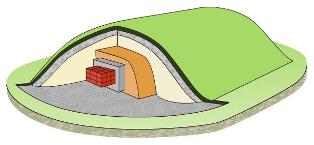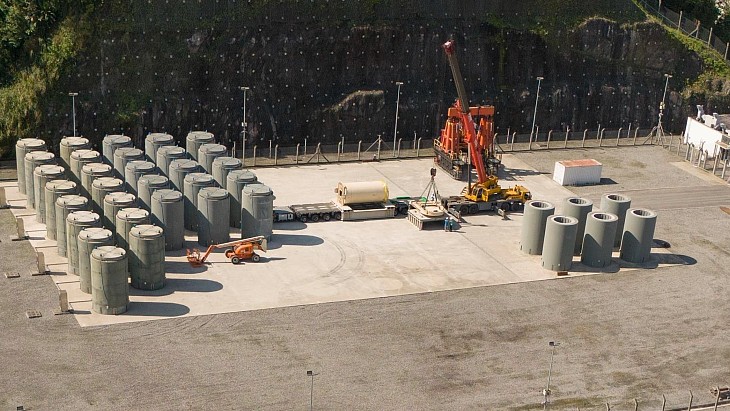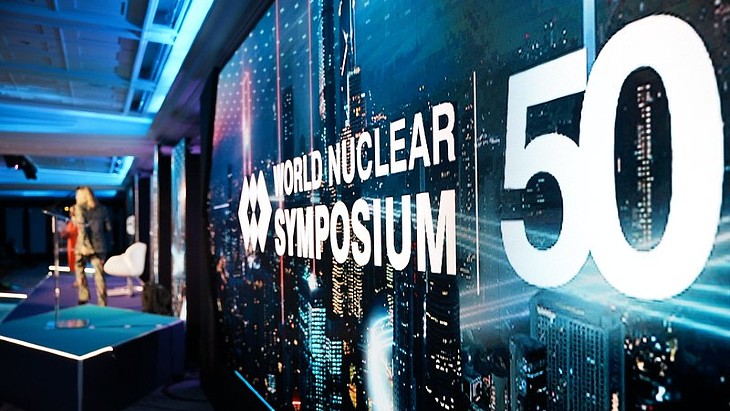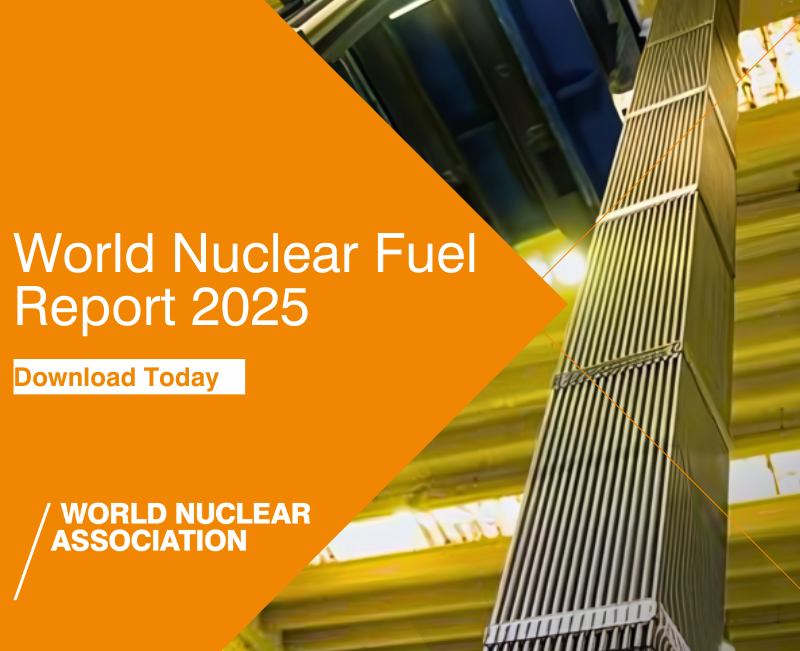 Located a short distance from Ignalina, the Stabatiske disposal site will store packages of radioactive waste within several isolating layers. The wastes are to be packed in reinforced concrete, which will be surrounded by clay, a thick layer of soil, then stones, black soil and grass. Design work should begin next year, with construction starting in 2012 and operation from 2015.
Located a short distance from Ignalina, the Stabatiske disposal site will store packages of radioactive waste within several isolating layers. The wastes are to be packed in reinforced concrete, which will be surrounded by clay, a thick layer of soil, then stones, black soil and grass. Design work should begin next year, with construction starting in 2012 and operation from 2015.The wastes themselves will be primarily contaminated equipment and disposable clothing from the operation the two RBMK-1500 reactors at Ignalina. When the power plant itself is decommissioned over coming decades most of the resulting wastes would at be low- and intermediate-level and would also be stored at Stabatiske. This waste would typically be concrete rubble, used filters and piping that had been closer to the nuclear reaction processes. As short-lived waste it would lose almost all of its radioactivity over a few years to a few decades.
Overall, low- and intermedate-level radioactive wastes make up 99% by volume of all radioactive waste but only 1% of the radioactivity. The highly-radioactive used nuclear fuel by comparison is 1% of volume but contains 99% of the radioactivity.
The decision was announced by Lithuania's state Radioactive Waste Management Agency (Rata), which was established in 2001 by the Ministry of Economy. Until the break-up of the Soviet Union, responsibility for the wastes produced by the reactors it built was held by the superpower, which took back waste and used nuclear fuel to be managed centrally. In the 1990s, Lithuania was forced to take on the responsibility itself.
Further information
Rata
WNA's Nuclear Power in Lithuania information paper




_58913.jpg)
_35510.jpg)
_93097.jpg)





